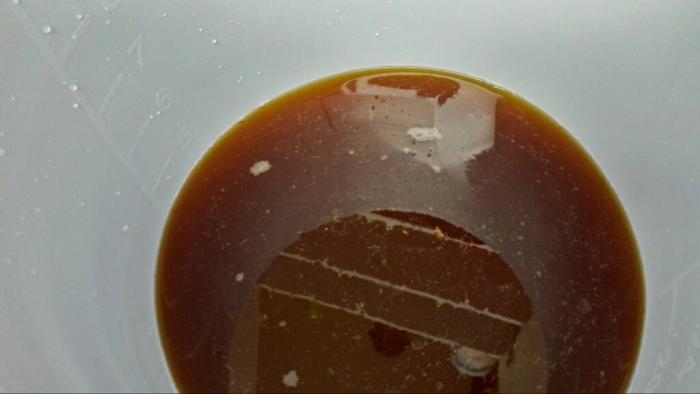ashrivers86
Well-Known Member
Hi everyone,
This is my first 5 gal. hefe. I have used the Mr Beer before to make pale ales and other beers. I am hoping to make a higher abv than usual hefe, like around 6.8% - 8%. I have all my supplies and I have a few questions.
I have two 16 oz. wheat extract packets and 1 lb. of pilsner. Normally when I brewed hefe's I just used a 50% mixture of both. However, the brew clerk at the LHBS said I should go with an extra unit of wheat extract and 1 extra packet of saf wb-06 and start using extra fermentables like honey and brown sugar to reach the abv I want.
I haven't done something like this before (extra yeast or extract), what should I do differently this time with these new additions?
This is my first 5 gal. hefe. I have used the Mr Beer before to make pale ales and other beers. I am hoping to make a higher abv than usual hefe, like around 6.8% - 8%. I have all my supplies and I have a few questions.
I have two 16 oz. wheat extract packets and 1 lb. of pilsner. Normally when I brewed hefe's I just used a 50% mixture of both. However, the brew clerk at the LHBS said I should go with an extra unit of wheat extract and 1 extra packet of saf wb-06 and start using extra fermentables like honey and brown sugar to reach the abv I want.
I haven't done something like this before (extra yeast or extract), what should I do differently this time with these new additions?










































![Craft A Brew - Safale S-04 Dry Yeast - Fermentis - English Ale Dry Yeast - For English and American Ales and Hard Apple Ciders - Ingredients for Home Brewing - Beer Making Supplies - [1 Pack]](https://m.media-amazon.com/images/I/41fVGNh6JfL._SL500_.jpg)
















